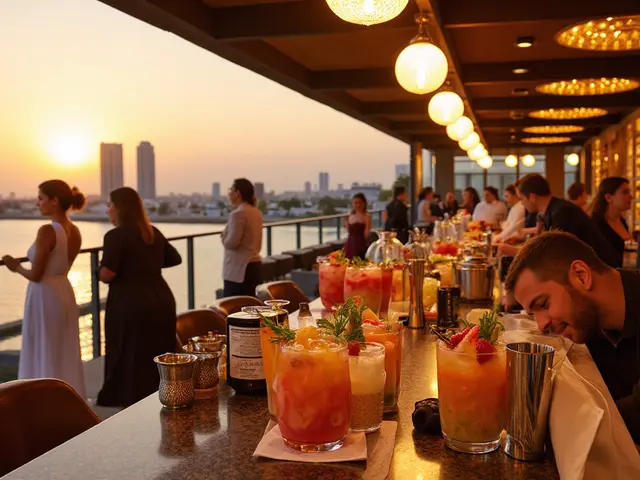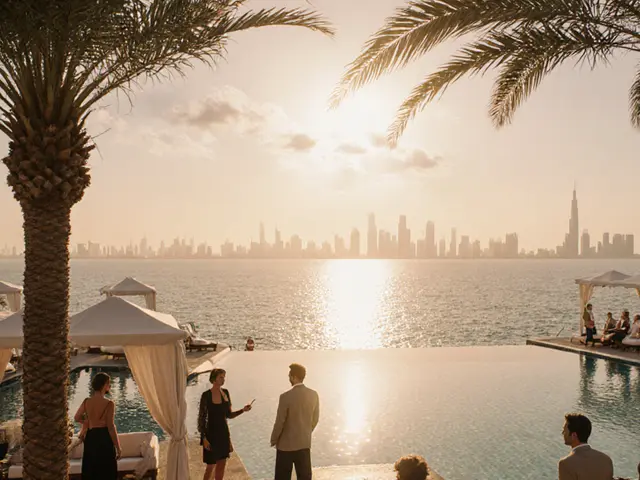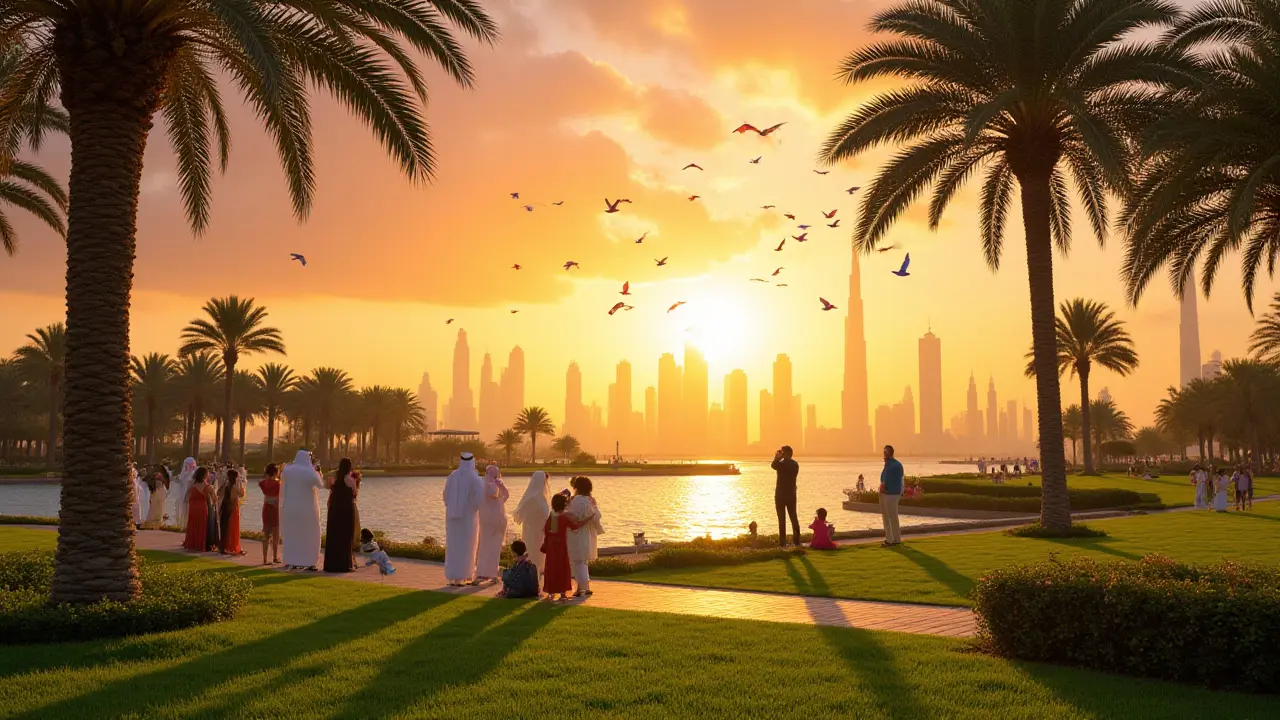
Every morning, just before sunrise, you’ll spot Dubai’s silent pioneers out and about—binoculars in hand, eyes scanning the golden sky. Yes, the city's birdwatching community is alive, as restless and diverse as the winged wonders they pursue. Imagine picking out the vibrant flash of a flamingo beneath the futuristic skyline or finding a rare kingfisher in an eco-sanctuary right by the highway. This isn’t just a tourist’s gimmick—Dubai’s patchwork of parks, lakes, and wetland reserves draw in both world travelers and homegrown birders. And with over 500 recorded avian species in the United Arab Emirates, the city has quietly become a serious hotspot for anyone chasing the thrill of a new feathered sighting.Birdwatching in Dubai comes with unexpected perks, blending city convenience with wild, unfiltered nature.
Where City and Wilderness Collide: Dubai’s Best Birdwatching Parks
Finding pockets of lush nature in the heart of a desert metropolis almost sounds like magic. But Dubai’s investment in green spaces and environmental conservation means birdwatchers have unique urban sanctuaries just minutes from home or the office. Start at Ras Al Khor Wildlife Sanctuary, perhaps the most famous spot for Dubai birdlife. One glance at the shimmering salt flats and you’ll understand why—each winter, over 20,000 greater flamingos turn the shallows pink, feeding and wading just meters from the city’s mirrored towers. Free observation hides here let you get up close without disturbing the birds. Tip: during winter, try arriving just after sunrise to catch the biggest flocks before the midday heat disperses them.
If you’re up for a gentler stroll with the family, Mushrif Park deserves a mention. Not just a weekend BBQ spot, Mushrif’s mature ghaf trees and gardens are a magnet for hoopoes, Indian rollers, and warblers. Some local birders claim it’s a secret stronghold for the elusive Arabian babbler. Kids love the aviary and butterfly garden, while early risers can catch migratory birds resting during spring and autumn. Pack water—shade is generous, but the Dubai sun always finds a way.
Al Qudra Lakes offer a completely different vibe: artificial lakes dotted across the Al Marmoom Desert Conservation Reserve, attracting everything from majestic steppe eagles to dainty Kentish plovers. Bird counts here can top 150 species in a single day. The best viewing happens just after a rare desert rain, when birds gather at water edges in surprising numbers. Serious enthusiasts sometimes team up using social media groups like UAE Birding or WhatsApp chat circles, quickly spreading the word about a rare visitor—last January, someone spotted a white-tailed lapwing, a first for many Dubai birders.
Finally, Creek Park and Safa Park, though more urban, surprise with their diversity—ring-necked parakeets squawk from palm trees, while herons and cormorants loiter by ponds. Especially during autumn, look up: the city becomes a sky highway for migrating birds crossing continents. Both parks offer rental bikes and shaded rest areas, perfect for longer days out.
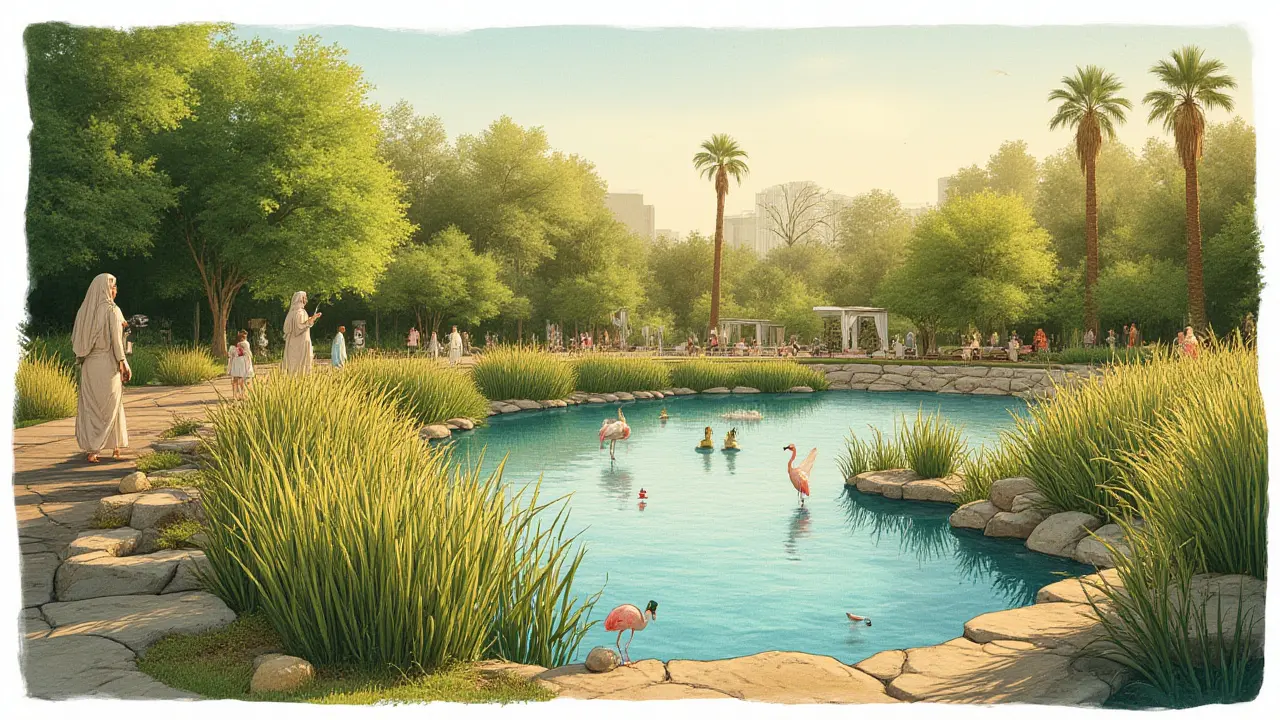
What Makes Dubai Birdlife Special: Culture, Conservation, and Surprising Encounters
Dubai sits smack along one of the world’s great avian migration routes—each year, hundreds of thousands of birds pass through as they chase cooler climes. This isn’t just a factoid; it shapes everything about birdwatching in the city. Unlike Europe where you might chase familiar robins or blue tits, here you could spot a Siberian stonechat beside a red-wattled lapwing, all while sipping karak tea from a park kiosk, surrounded by skyscrapers. Local Emirati folklore often references falcons and other raptors—these birds aren’t just wildlife, they’re woven into the UAE’s cultural fabric. Hunters once prized the saker falcon for its speed, and today, you’ll sometimes find falconry displays happening in nearby reserves such as Al Marmoom, where you can get up close to these living legends.
The UAE’s conservation efforts have been significant, particularly for species under threat. The greater flamingo, for instance, faced population declines years ago. Now, thanks to protected wetlands like Ras Al Khor and Mangrove National Park (an hour away in Abu Dhabi), numbers are bouncing back. There’s a city-wide ethos of “tread carefully”—rangers remind visitors to stick to marked paths, and littering in wildlife areas isn’t just frowned upon; it comes with heavy fines. Local schools even run birdwatching field trips, and the Dubai Municipality organizes seasonal guided walks through some reserves, pairing locals and expats with expert ornithologists from groups like Emirates Bird Records Committee.
What surprises many is that even golf courses and hotel gardens can turn up odd avian residents. The Dubai Creek Golf & Yacht Club is a reliable site for migratory wagtails, while luxury resorts in Jumeirah get passing bee-eaters hunting insects at poolside. Some hotels even offer quick morning bird walks with supplied binoculars. And if you want serious bragging rights, keep an eye out for accidental rarities—rare sightings, called “vagrants,” often get shared instantly on Dubai Birdwatching Facebook groups, which boast thousands of passionate members willing to share tips, sightings, and even coordinate group outings.
Check out this quick comparison of Dubai’s key birdwatching parks, including species diversity and facilities:
| Park/Reserve | Common Species | Best Season | Facilities |
|---|---|---|---|
| Ras Al Khor Wildlife Sanctuary | Greater flamingo, avocet, osprey | Nov–Mar | Bird hides, observation decks, guided tours |
| Mushrif Park | Hoopoe, Arabian babbler, Indian roller | Oct–Apr | Aviary, butterfly garden, shaded trails |
| Al Qudra Lakes | Steppe eagle, plover, black-winged stilt | Year-round | Viewing platforms, bike paths |
| Creek Park | Herons, parakeets, cormorant | Sept–May | Cafes, bike hire, shaded seating |
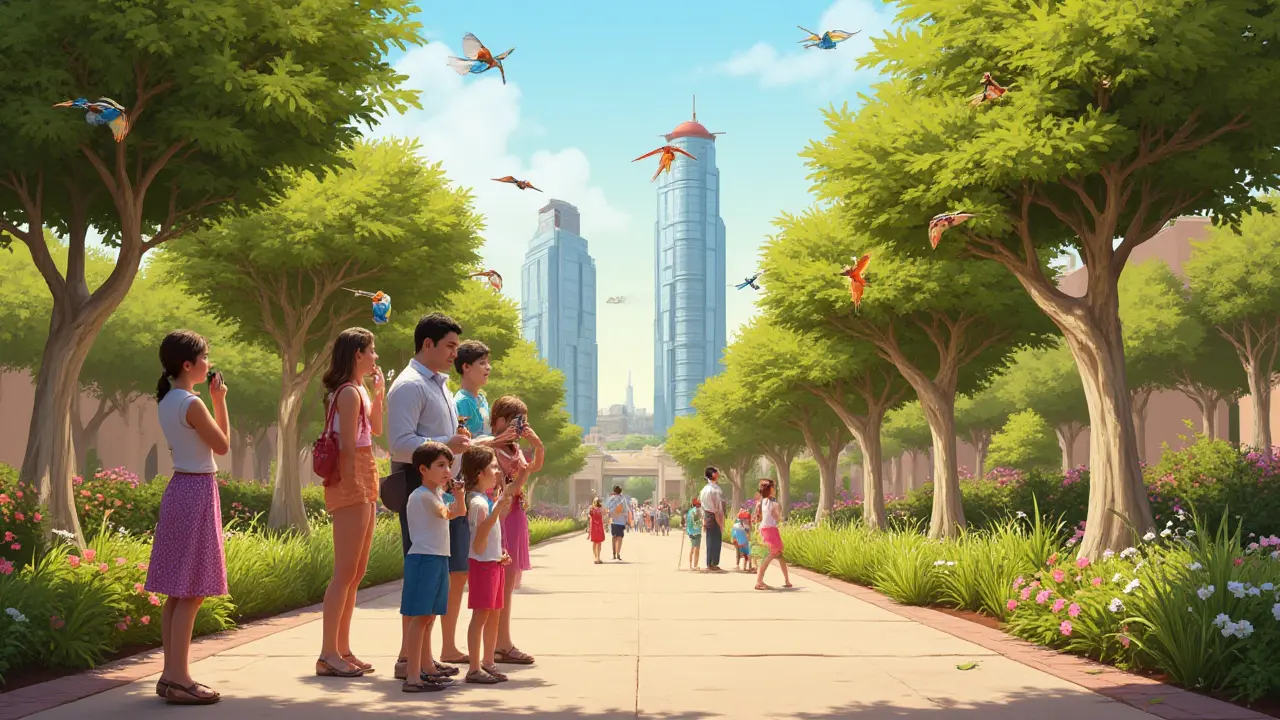
Insider Tips and Local Know-How for Birdwatching in Dubai
If you’re serious about spotting birds in Dubai, timing is your best friend. The UAE sun gets punishing midday, so most local birders start early, between 6–8 am, especially in summer. Visiting in winter? You’re in luck—the cooler months (October through March) bring in massive migrations and make longer sessions comfy. Always bring a hat, refillable water bottle, and sunscreen, even for shaded parks. Insect repellent isn’t usually essential thanks to the city’s dry climate, but if you’re near Al Qudra Lakes after a rare rain, a little goes a long way.
Packing the right gear helps too. You don’t need pro-level binoculars—plenty of high-quality budget options are sold in Dubai Mall or Dragon Mart. If you want to try digiscoping (snapping photos through your binoculars), phone clamp adapters are found at most camera stores. Some parks restrict professional photography gear outside designated platforms, so check signage. This rule keeps the experience peaceful for both wildlife and humans.
Want to brush up your bird ID skills? Download the free "eBird" app (widely used by Dubai’s expat birding crowd) or Emirates Nature–WWF’s Arabic-language guides. Both help log sightings and swap info with other enthusiasts. Don’t hesitate to join local Facebook groups like Dubai Birding—they’re friendly, share real-time tips on where the action is, and sometimes arrange spontaneous field trips.
Etiquette matters here as much as technique. Dubai’s parks are multicultural spaces—weekend crowds can get lively, and you’ll share hides with everyone from families to Instagrammers. Be patient and go for midweek visits if you want fewer distractions. Shhhh, silence pays off—birds are easily spooked, and a noisy approach can end your session before it starts. Always stay on marked trails and respect park rangers—they know the latest hot spots and nesting bans.
If you spot something unusual (say, a rare yellow-billed stork or a little crake), snap a quick photo and share it to local groups. Accurate records support UAE conservation science, and you might spark the next citywide birding craze. For those up for a challenge, the Dubai Bird Race happens every winter as teams vie to see the most species in a single weekend, racing from dawn till dusk through every sanctuary and park in the city.
Dubai’s birdwatching scene thrives on diversity—not just in its birds, but its people, places, and approaches. Whether you’re a first-timer scanning the flamingos or a seasoned veteran after your 400th life list tick, there’s a patch of green here waiting for you. Bring curiosity, respect the rules, and get ready for a few surprise encounters—sometimes, magic hides right in your own backyard.

